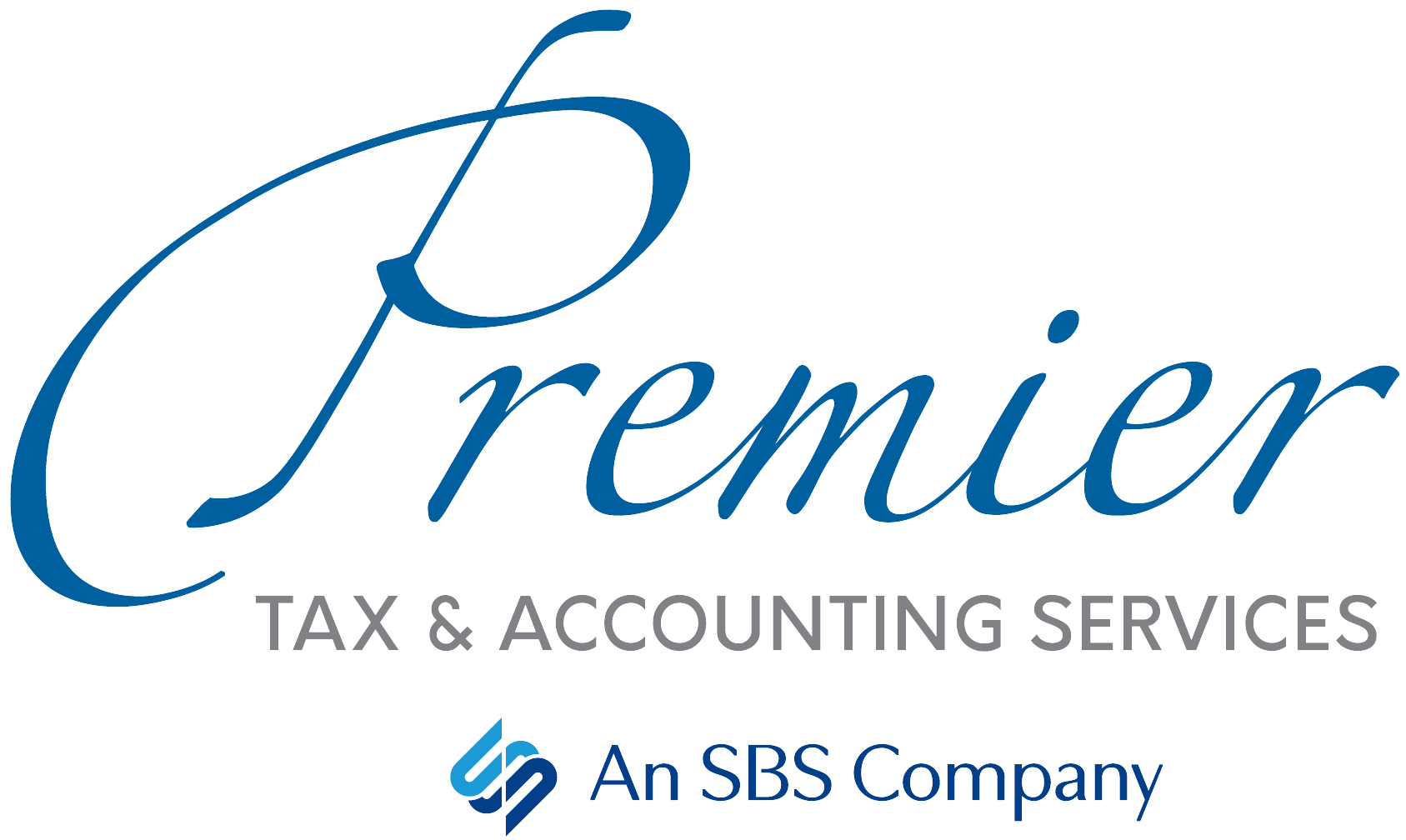President Trump signed into law in December a bill to keep the federal government funded. As part of that bill, several new tax changes were enacted, include some major changes to retirement plan rules.
The new “SECURE” Act is designed to encourage retirement savings and to simplify administrative requirements for small businesses. For the most part, these are positive changes and good news if you’re saving for retirement. Some of the key changes include:
- Increasing the age after which required minimum distributions from certain retirement accounts must begin from age 70½ to age 72.
- Repealing the maximum age for IRA contributions, which was formerly 70½.
- Allowing penalty-free distributions from qualified retirement plans and IRAs to help pay for births and adoptions.
- Allowing qualified home healthcare workers to contribute to a defined contribution plan or IRA.
- Making it easier for long-term, part-time employees to participate in elective deferrals.
- Making it easier for small businesses to offer multi-employer plans by allowing otherwise completely unrelated employers to join in the same plan.
One change that could create some substantial tax consequence is the requirement that non-spouse beneficiaries of IRAs and qualified retirement plans withdraw all money from inherited accounts within 10 years. This rule takes effect for accounts inherited after January 1, 2020.
Other Tax Changes Made
In addition to the retirement plan adjustments noted above, the new law also:
- Allows certain expenses associated with registered apprenticeship programs to count as qualified higher education expenses for 529 accounts.
- Repeals the excise tax on certain high-cost employer health plans (the Cadillac tax), the medical device excise tax and the annual fee on health insurance providers — all of which were part of the Patient Protection and Affordable Care Act, but had been postponed or suspended.
- Extends several expired tax provisions, including those relating to the discharge of qualified principal residence indebtedness income; the treatment of mortgage insurance premiums as qualified residence interest; the continuance of the 7.5% (instead of 10%) adjusted-gross-income floor for medical expense deductions; and an above-the-line deduction for qualified tuition and related expenses.
- Extends through 2020 several tax credits that were scheduled to expire, including a new markets tax credit, an employer credit for paid family and medical leave, the work opportunity credit, and the credit for health insurance costs of eligible individuals.
- Provides tax relief for victims of various disasters occurring in 2018, 2019, and through January 19, 2020.
Give Us a Call: 706-632-7850
To take full advantage of the changes under this recent legislation, schedule an appointment to come in and talk with Jackie or Donna. We can review your personal situation and provide guidance for some smart financial moves.
We’re also booking appointments for tax filing beginning in January, so call us if you’re ready to get started!
(Source: Journal of Accountancy)
Important & Interesting Dates to Note for 2020
JAN 15: 4th Quarter Estimated Tax Payments due for 2019
JAN 31: Final date for employers to send W-2 and 1099 forms
FEB 2: Super Bowl LIV (Miami)
FEB 29: Leap Day
MAR 8: Daylight Savings Time begins
MAR 24: Georgia Presidential Primary
APR 1: Census Day (By this date, every home will receive an invitation to participate in the 2020 Census)
APR 15: Tax Day
APR 22: Earth Day 50th Anniversary
JUL 24-AUG 9: Summer Olympics (Tokyo)
OCT 15: Tax Filing Extension Deadline
NOV 1: Daylight Savings Time ends
NOV 3: Election Day




